How to Propagate a Spider Plant — 4 Expert Techniques to Multiply This Easiest-Going of Houseplants
This is the simplest indoor gardening job you'll ever do
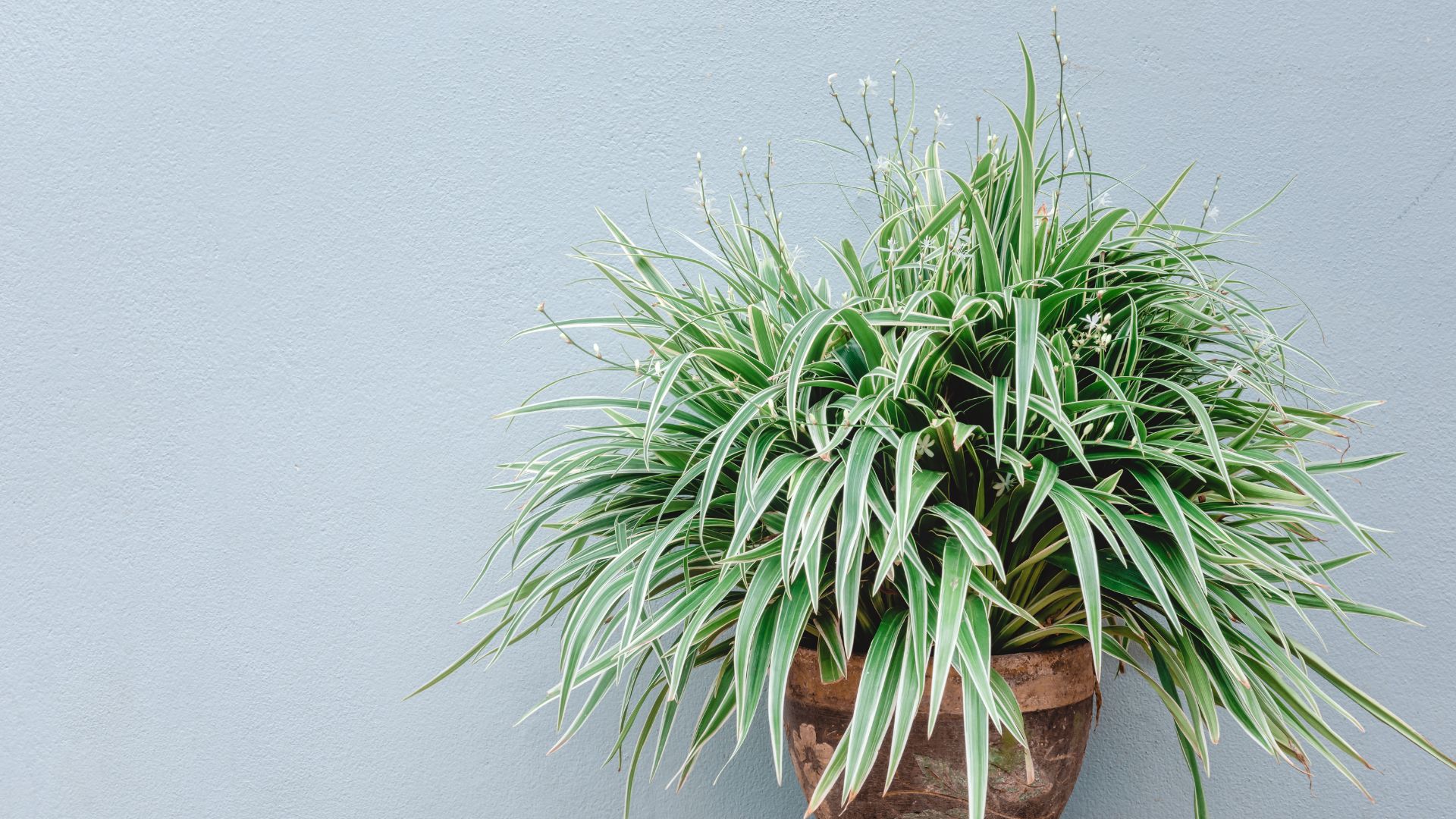

With pastel and deep green ribbon-like leaves that sprout voluminously, spider plants are a fan-favorite to all green-thumbed. And if you're keen on extending your collection — propagation is the way.
If you've been following proper spider plant care, then you probably have plenty of spiderlings waiting to be propagated. But how to propagate a spider plant with the minimum effort? There are four techniques to pick from.
Below, we have laid out all four spider plant propagation techniques from start to finish, so you can quickly multiply your collection with ease.
How to Propagate a Spider Plant in Soil
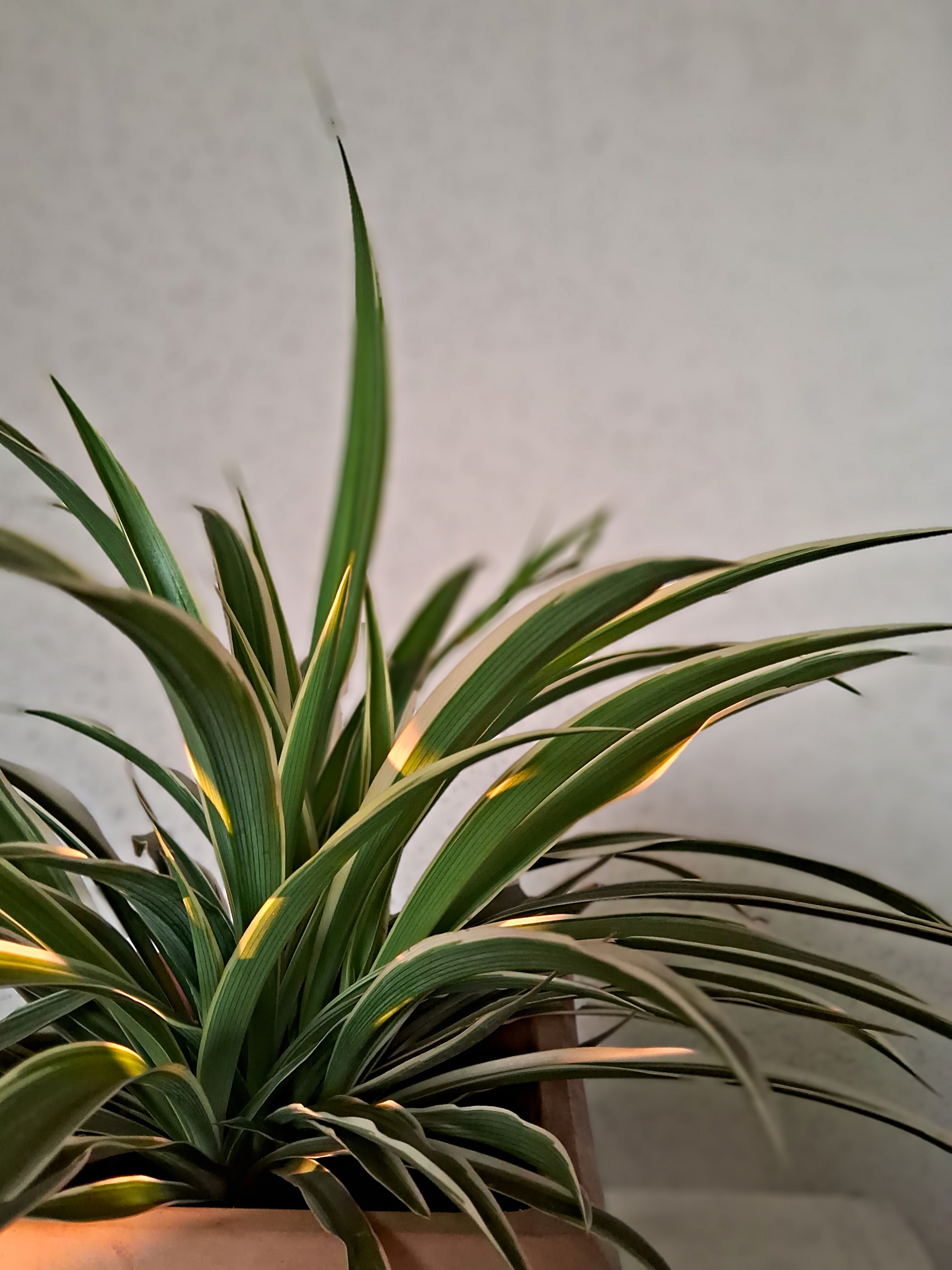
Starting with the most classic spider plant propagation method, gardening expert Tony O'Neill has shared his process with soil as the chosen medium.
Step 1 — Select the Right Runner: "Begin by identifying a spiderette that has already started to develop small roots," he says.
Step 2 — Prepare Your Planter: "Then fill a small pot with a well-draining potting mix," he guides.
This 20-Pack 3.15-inch Terra Cotta Clay Flower Pots from Amazon will keep you stocked for all future propagation experiments. Plus, this Miracle-Gro Indoor Potting Mix from Walmart is a total best-seller.
The Livingetc newsletters are your inside source for what’s shaping interiors now - and what’s next. Discover trend forecasts, smart style ideas, and curated shopping inspiration that brings design to life. Subscribe today and stay ahead of the curve.
Step 3 — Sow with Care: Next, he tells us to plant the spider plant just deep enough for the roots to be covered.
Step 4 — Hydrate and Position: "Follow through by lightly watering the soil and placing the pot in indirect sunlight," he says.
Step 5 — Maintain with Patience: "Lastly, remember to keep the soil moist until the plant establishes itself," he concludes.
Since they're known to be one of the best bookshelf plants, you can prop your nascent spiderettes by your library and watch as they grow among your folios.

I'm Tony O'Neill, a gardening expert and best-selling author. I am an educator with a thriving YouTube channel that has 438,000 subscribers and receives over 1.4 million monthly views. Through my award-winning website, simplifygardening.com, I share my passion for gardening and sustainability. I've authored books including "Simplify Vegetable Gardening," "Composting Masterclass," and "Your First Vegetable Garden," empowering individuals to cultivate their own green spaces.
How to Propagate a Spider Plant in Water
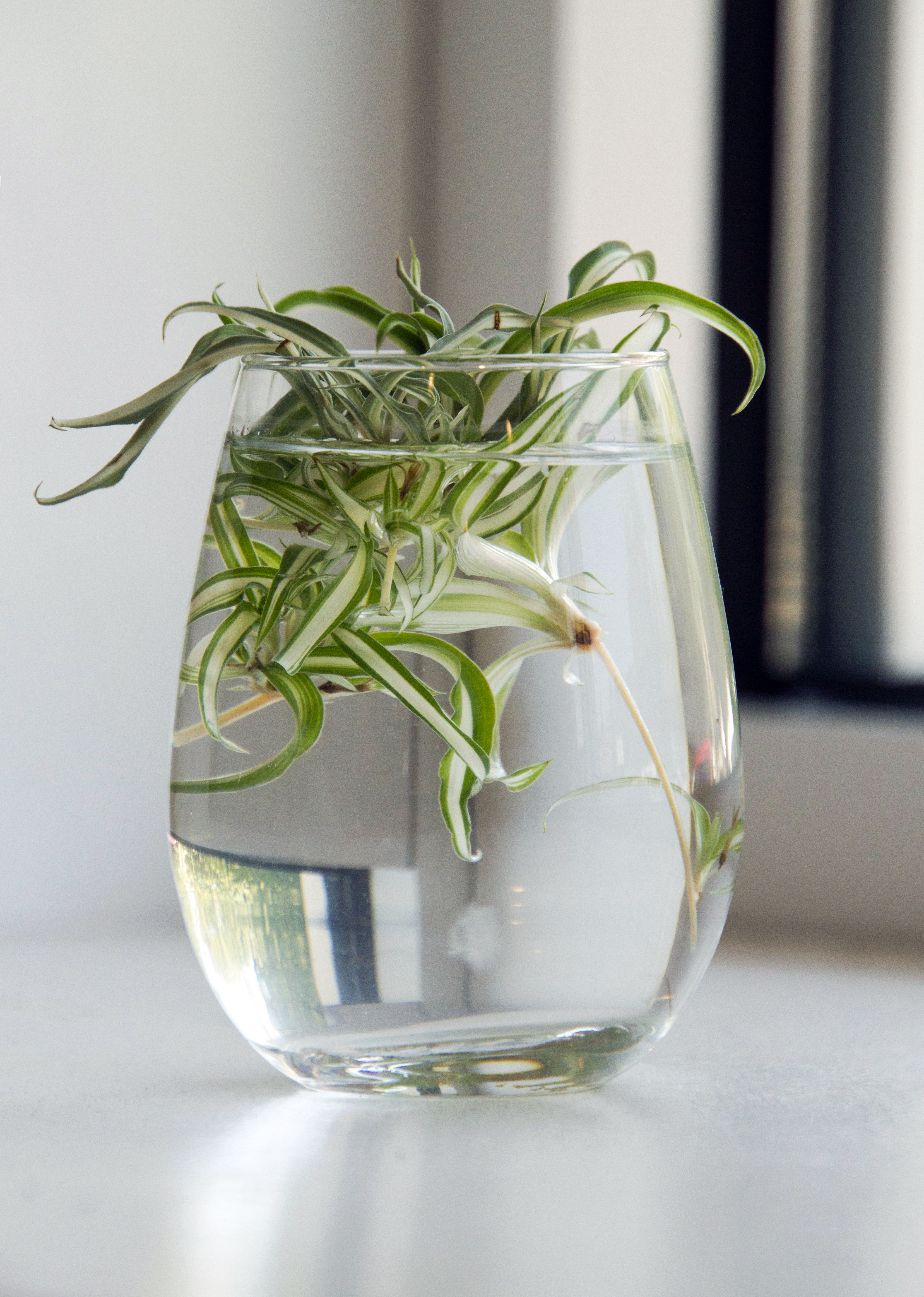
Considering the fact that spider plants are some of the best houseplants to propagate in water, the use of this hydrating medium is another brilliant method worth noting.
Here is Tony's four-step procedure for successfully propagating a spider plant in water.
Step 1 — Choose the Right Runner: "Start by selecting a spiderette and cutting it from the mother plant," he says.
Step 2 — Plant in Water: "Then, place the base of the spiderette in a jar of water, ensuring no leaves are submerged," he notes. This Dahey Plant Propagation Terrarium Set from Amazon is a beautiful buy to keep your plant on display as they grow. We also love this Hyindoor Propagation Station from Walmart.
Step 3 — Maintain Regularly: During this process, he recommends changing the water every few days to keep it fresh for healthy growth.
Step 4 — Transplant Post-Root: Once the roots have developed, he tells us to gently transplant them into the soil. Et voila, that's all there is to it.
How to Propagate a Spider Plant by Stolons
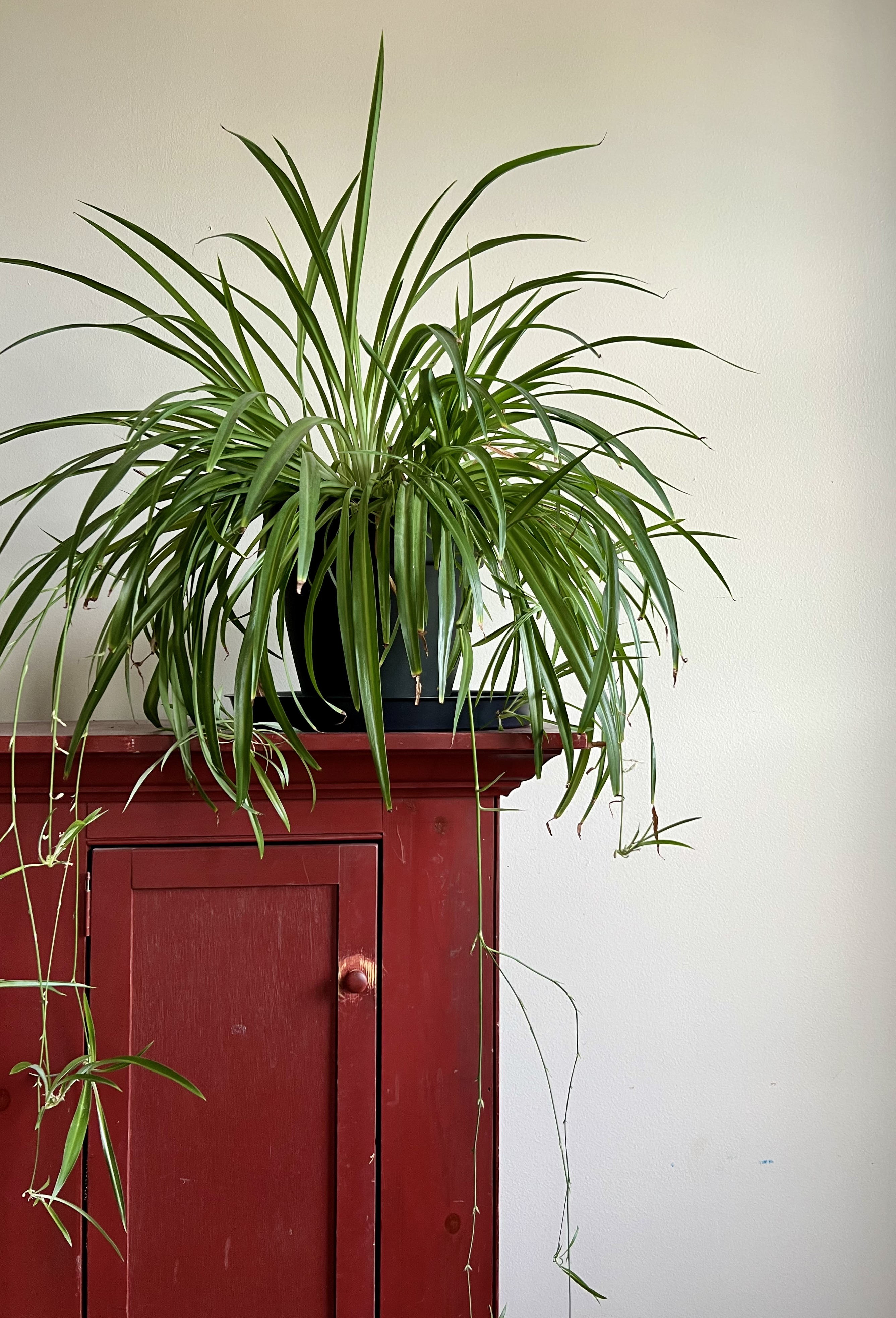
When it comes to houseplants even you can't kill, spider plants take top running. Their innate hardiness also explains why they make such good propagation plants.
And if you're looking for a new method to experiment with, Tony tells us that you can always propagate your spider plants via their stolons. Here's how.
Step 1 — Select an Attached Spiderette: "Allow the stolon i.e. the runner to remain attached to the mother plant," he explains.
Step 2 — Sow in Connection: "Next, carefully place the spiderette into a pot filled with soil while it’s still attached," he says.
Step 3 — Disconnect Post-Root: "And once you find established roots on your baby spider plant, you can sever the connection from the mother plant," he notes.
How to Propagate a Spider Plant by Division
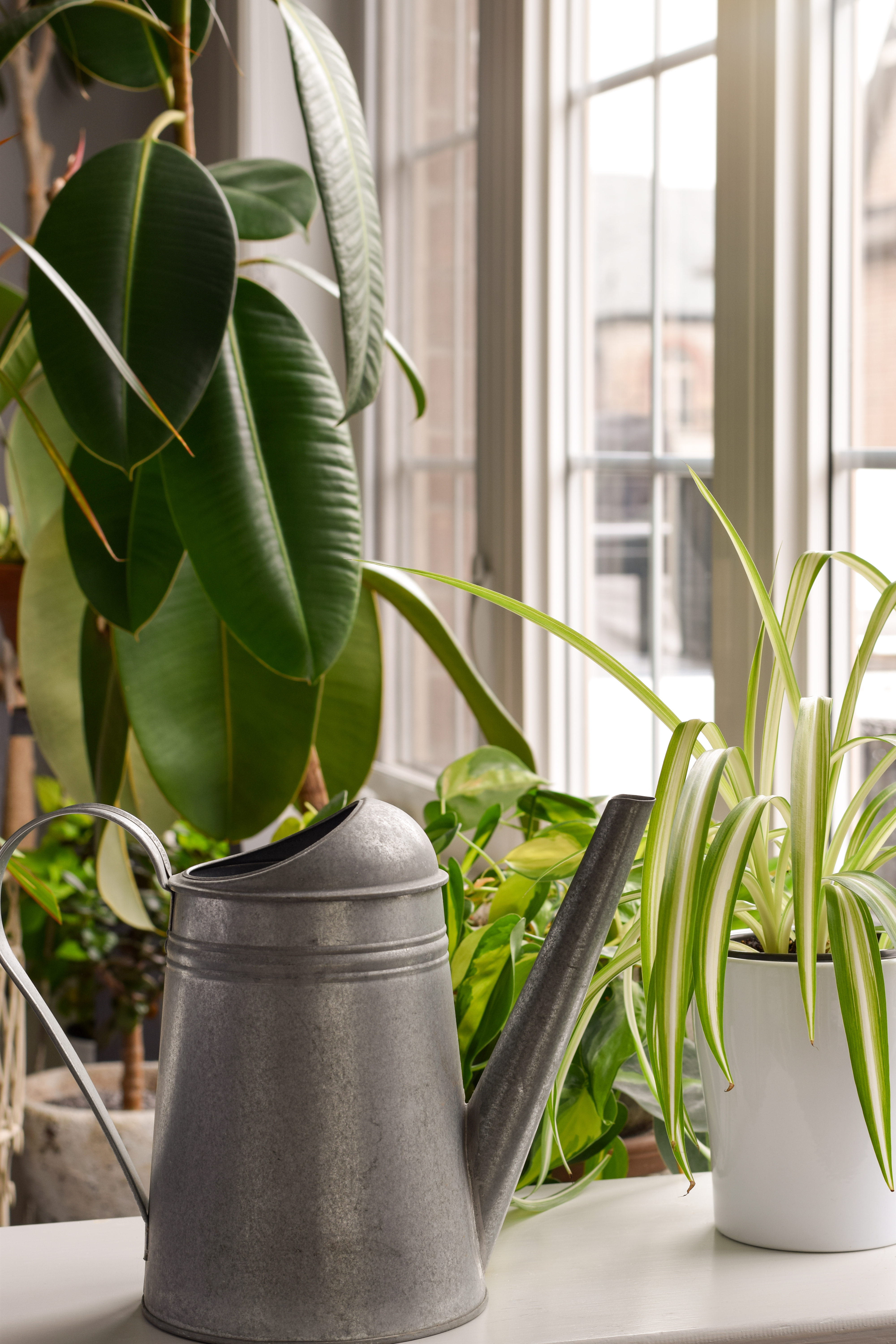
Last but not least, spider plants can also be propagated through division and all you need is Tony's trusty three-step method to successfully pull off this technique.
Step 1 — Delicately Depot: He tells us that the first step to spider plant division is to remove the mother plant from its pot.
Step 2 — Divide with Care: "Then, gently divide the root ball into smaller sections," he guides. "Do this while ensuring each section has several leaves."
Step 3 — Replant in Soil: "Now, all that's left to do is repot each section into new pots with fresh, well-draining potting mix," he says.
And before you know it you'll have plenty of little spider plants lining your shelves. Plus, given that they're hardy, low-maintenance indoor plants, you can propagate as many as you'd like without the worry of heaps of upkeep.
FAQs
Is it Better to Propagate Spider Plants in Water or Soil?
According to Tony, both methods are effective, but soil propagation may lead to quicker establishment. "This is because the plant doesn't have to transition from water to soil," he explains.
So if you're looking to quickly multiply your spider plant, then soil should be your chosen medium of propagation.
Should I Cut the Runners Off My Spider Plants?
When it comes to growing spider plants, you may notice small spiderettes growing off the side of your crop. And Tony finds that carefully cutting these saplings off is not a must.
"It's not necessary unless you want to control the plant’s spread," he explains. "In fact, runners can actually help produce more plants if allowed to grow."
Beyond simply bringing more houseplants into your collection, if you're looking for other reasons to justify propagating your spider plant, there happen to be plenty at hand.
For one, they are the best houseplants for dust and help keep your living areas tidier by reducing your chore load. Secondly, they're known to be the kind of plants that remove mold — a hideous problem during the winter season.
Lastly, they have a high growth rate and are non-toxic to pets, so you can have them brighten up your home without worrying that your furry friends will fall ill.
Want to bring this beauty into your home? We love this Spider Plant, priced at $69 from The Sill. It comes in a Marianna-style planter and is available in two bright hues.

Amiya is a Home Wellness Writer at Livingetc. She recently graduated with a Masters Degree in Magazine Journalism from City, University of London, and has lent her words to beauty, fashion, and health sections of lifestyle publications including Harper’s Bazaar and Women’s Health. Her experience as a research analyst has equipped her with an eye for emerging trends. When she’s off the clock, she can be found reading, listening to music, or overanalyzing her latest Co-Star update.